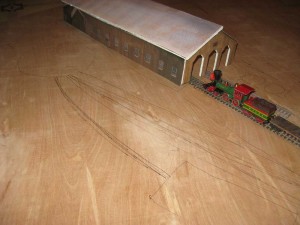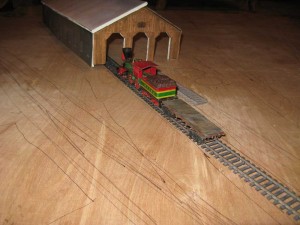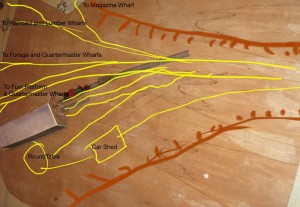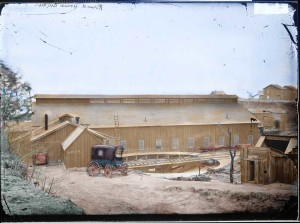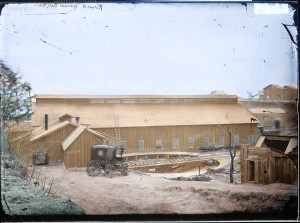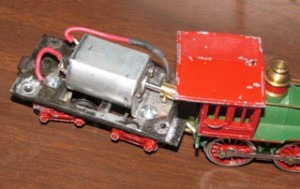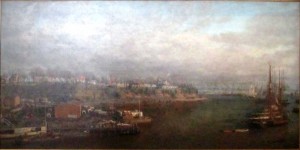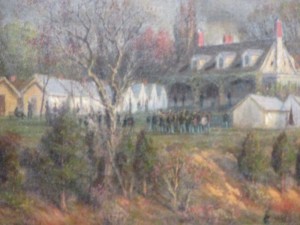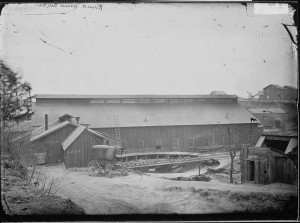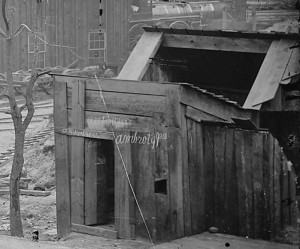Most model railroaders eventually work towards modelling a certain date and time. In some cases, the plan is to tell a bit of a story. I guess I’m moving towards the extreme end of things in my City Point model railroad planning.
I was originaly thinking of modeling early December, 1864, when the Sixth Corp infantry returned from the Shennandoah Valley through City Point. This was to provide a viable reason to model a significant number of infantry using the port facilities.
However, after some recent digging, I think I have come up with a much more interesting timeframe.
In March there was heightened quartermaster activities related to preparations for a major campaign. On March 27th and March 28th, 1865, a lot was also going on at Army Headquarters.
President Lincoln and family was in port aboard the River Queen, taking almost daily trips to see points of interest.
Sherman arrived late in the afternoon of the 27th, leaving around noon on the 28th aboard the Bat, a captured blockade runner.
Sheridan arrived late at night of the 27th.
Admiral Porter was also present.
There were several meetings among these men during the late afternoon and evening of the 27th and also the next morning.
Up through the 28th, the 114th Pennsylvannia Zouves were on provost duty at City Point. The 114th Pennsylvannia had one of the best bands in the Army of the Potomac and it was known to serenade General Grant several times a week while on provost duty. They were still uniformed in Zouve attire, even at this late date in the war.
Also…
Several thousand prisoners were captured at Fort Stedman on the 25th – I don’t yet have information on transportation dates, but they were almost certainly shipped to prisoner of war camps through City Point, shortly after that battle.
Newly recruited units were arriving in this general timeframe to reinforce the armies for the upcoming spring campaign. Because of the great need for troops during this period of the war, the Union armies didn’t wait for new regiments to completely get recruited, but would often send incomplete regiments to the front, following later on with remaining companies. An example of this is the 18th New Hampshire, which had 6 companies sent to City Point in September, followed later on by individual companies, as they were recruited. At first, the regiment was attached to the engineer brigade and helped build the City Point defenses. Later on, they did some service in the trenches. Company H arrived at City Point on March 30th. Company H was given weapons and rudimentary training on the 31st and joined the regiment in a firefight in the front lines the very next day. On April 3rd the 18th New Hampshire joined the army as they occupied the vacated Confederate trenches. They also participated in the pursuit of Lee’s army.
Sounds like a fascinating time and place to model, what do you all think?
regards,
Mike W.

